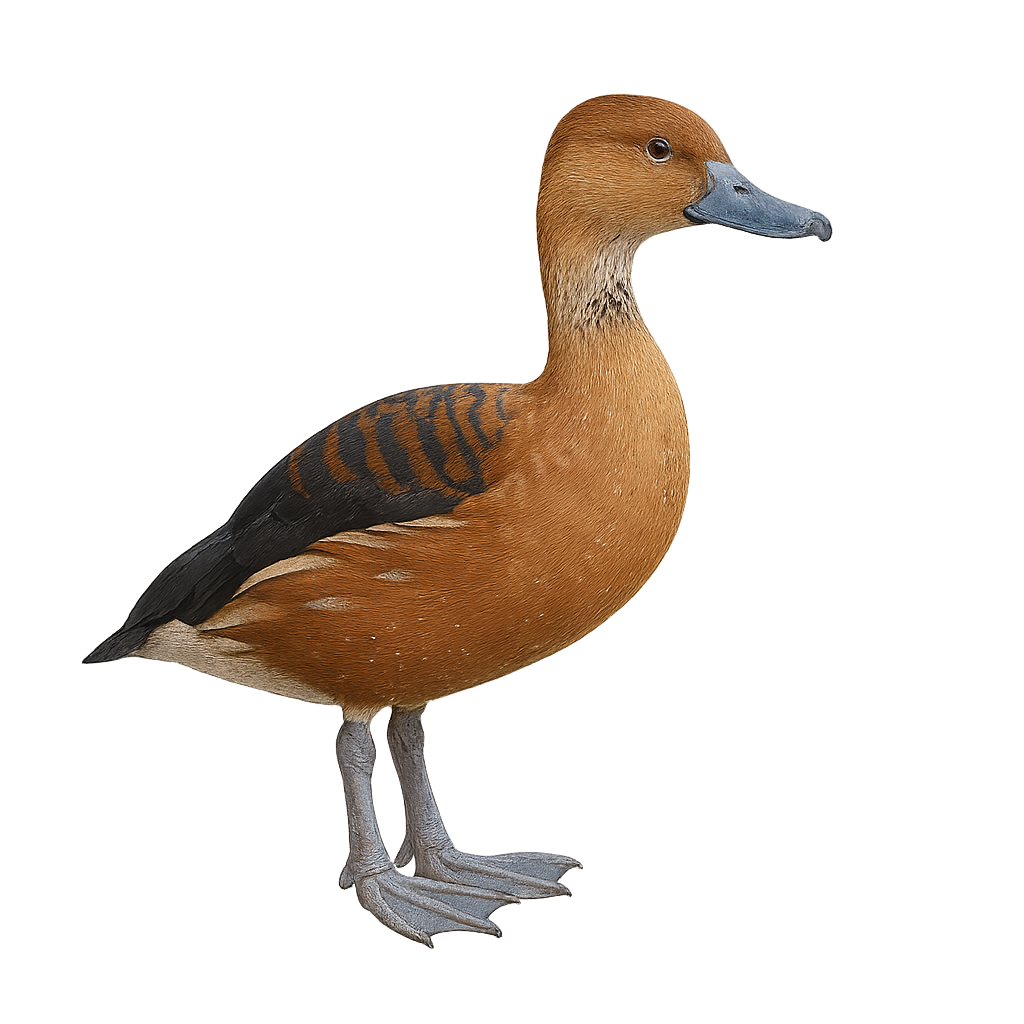Your wildlife photography guide.
Explore the fulvous whistling duck in detail, study its behavior, prepare your shots.
Where to observe and photograph the fulvous whistling duck in the wild
Learn where and when to spot the fulvous whistling duck in the wild, how to identify the species based on distinctive features, and what natural environments it inhabits. The WildlifePhotographer app offers tailored photography tips that reflect the fulvous whistling duck’s behavior, helping you capture better wildlife images. Explore the full species profile for key information including description, habitat, active periods, and approach techniques.
Fulvous Whistling Duck
Scientific name: Dendrocygna bicolor

IUCN Status: Least Concern
Family: ANATIDAE
Group: Birds
Sensitivity to human approach: Suspicious
Minimum approach distance: 10 m
Courtship display: June to August
Incubation: 24-26 jours
Hatchings: June to September
Habitat:
Marshes, rice fields, lakes
Activity period :
Mainly active at night, generally discreet during the day.
Identification and description:
The Fulvous Whistling Duck is a medium-sized waterfowl, recognizable by its tawny-brown plumage and darker wings. It features a long neck and gray legs and is known for its distinctive whistling call. It is primarily found in wetlands, such as marshes and rice fields, where it feeds on seeds, aquatic plants, and insects. Social in nature, it often forms large flocks, especially outside the breeding season. Its geographical range includes tropical regions of America, Africa, and Asia. Although generally not very shy, it can be cautious in the presence of potential threats.
Recommended lens:
400 mm – adjust based on distance, desired framing (portrait or habitat), and approach conditions.
Photography tips:
To photograph the Fulvous Whistling Duck, it is advisable to use a telephoto lens of at least 400mm to capture detailed images without disturbing the bird. Look for wetlands where they often gather in groups. Be patient and discreet, blending into the environment to avoid scaring them away. The best lighting is usually found early in the morning or late in the afternoon when the light is soft and flattering.
The WildlifePhotographer App is coming soon!
Be the first to explore the best nature spots, track rutting seasons, log your observations, and observe more wildlife.
Already 1 439 wildlife lovers subscribed worldwide

